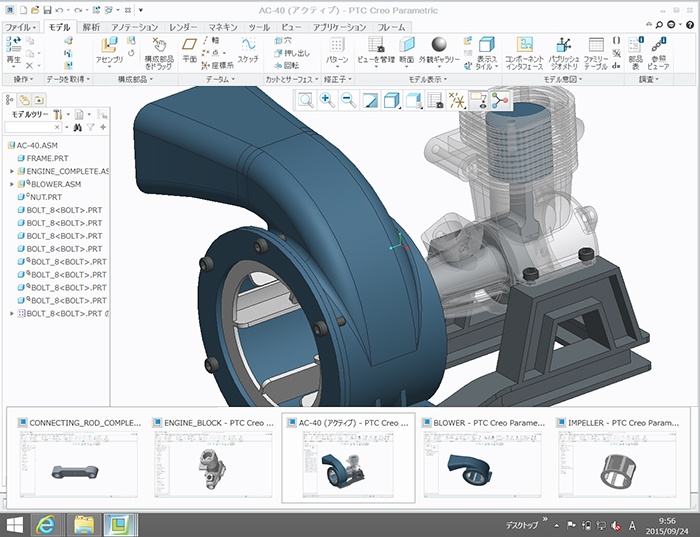

Kernel vendors like Parasolid and Spatial are inching towards an integrated solution. The problem is that combining the two is nearly as hard as mixing oil and water.Ĭreo 4.0 filling voids with lattices made from 3D triangular cells. It’s common today for MCAD software to provide both solids and mesh modeling – solids for precise 3D models, meshes for organic shapes made from 3D laser scans, or swooshy modeling that just needs to look good, as in industrial design. For example, when we add a dimension to a hole, the advisor asks if the hole should be perpendicular or at an angle, and then requires us to specify the tolerance range for the hole. This isn’t new to Creo what is new in 4.0 is the GD&T Advisor add-on that reports tolerance information that may be missing or is incorrectly constrained. It sounds futuristic, but is pretty basic: Notes are added directly to the 3D model via callouts, such as GD&Ts (geometric dimensions and tolerances), to specify tolerances and other specifications. Tooling equipment reads the data to learn how to lathe the product – 2D drawings generated from 3D models are no longer needed. MBD, or model-based design, is where data about how to manufacture the model is embedded in the model itself. In the View Manager, the Appearances tab lets us changes the colors of parts. Opposite faces of parts can be dragged at the same time, and we can make negative offsets. To help draw parts, we can now snap to other parts for reference. In release 4.0, a new clipping mode lets us see the part we are editing within the assembly.


With each Creo release, direct editing becomes stronger. Other examples of not-so-new functions new to Creo include a mini toolbar that appears when objects are selected, customization of shortcut keys and full-screen editing mode. AutoCAD and its clones have had this for ages. For example, box selection is new, where dragging the cursor diagonally left-to-right selects enclosed objects, and right-to-left selects crossing and enclosed objects. Creo 4.0, for instance, adds some basic functions other CAD packages have had for years, even decades. When you’re familiar with function sets in certain CAD packages, it can come as a surprise to learn what other ones do – or don’t do.


 0 kommentar(er)
0 kommentar(er)
